“Let’s say the intro from a distance, so you can see the whole Bronner’s store in the background.” Chuck had suggested as we had been capturing video footage of Christmas traditions around Michigan for our Restless Viking YouTube channel. Bronner’s is the largest Christmas store in the world located in Frankenmuth, Michigan. As we headed toward the parking lot entrance “Silent Night” tinkled softly as we neared a small domed structure standing proudly welcoming visitors. “How magical with the snow coming down!” I beamed! “This is the perfect spot!” I agreed.
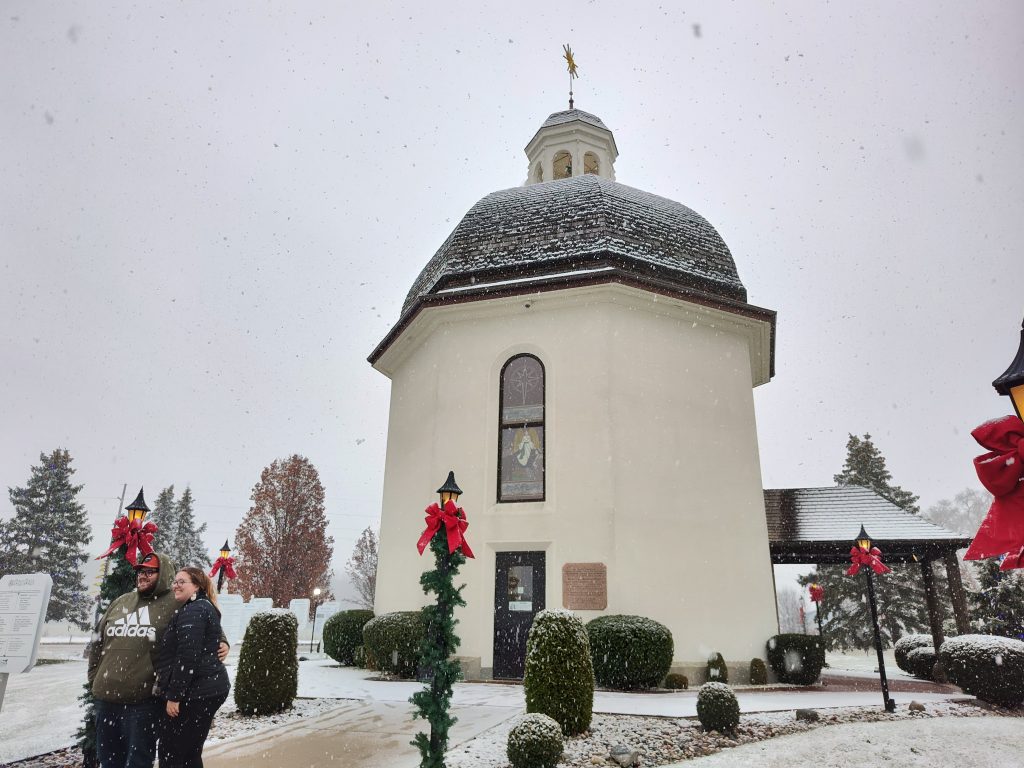
A couple asked Chuck to take their picture as the music lilted. “What is this place?” My husband shrugged and opened the door. We have been known for constantly ‘feeding’ our curiosity, sometimes getting off track, but forever learning. I followed him inside.
Inside The Chapel
“It’s a whole chapel dedicated to the hymn, “Silent Night!” Chuck peered through the encased altar. “You know the story, right?” He asked. “Isn’t it that the organ was broken and the minister came up with the words while walking in the snow on his way to church for Christmas Eve?” I raised an eyebrow in question.
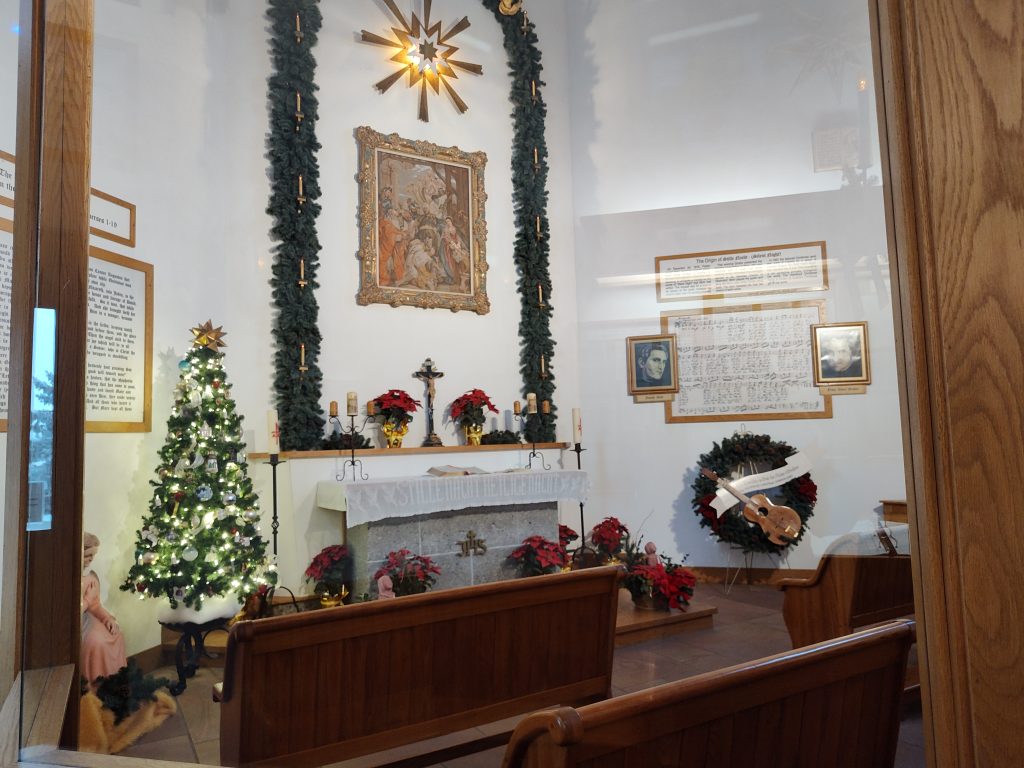
The Story of Silent Night
In the Austrian town of Oberndorf the organ at St. Nicholas Church had been broken. It would be a silent Christmas Eve celebration.
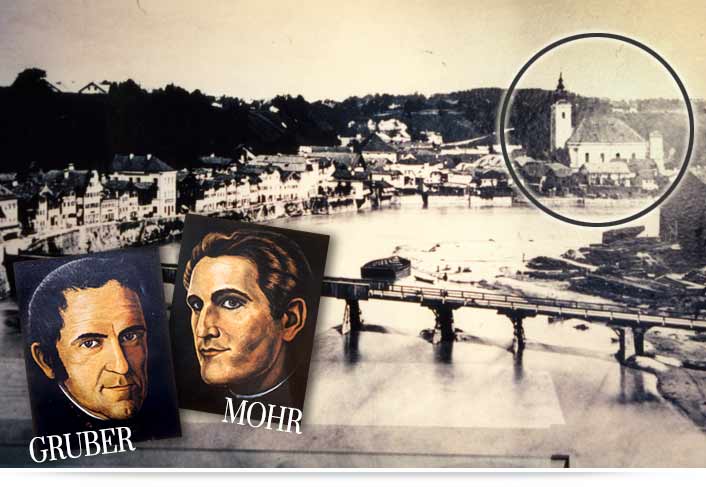
However, two men had collaborated to create the hymn, “Silent Night.”
Photo Credit: Bronner’s website
The young priest, Joseph Mohr, had penned the lyrics following a snowy walk on a clear night a couple of years before. Now faced with the broken organ on Christmas Eve, Joseph Mohr had brought the words to Franz Xaver Gruber, the choir director, who had composed an accompanying melody. With Priest Mohr playing the guitar, “Silent Night” was first performed in 1818.
“Silent Night” Became Popular
The organ repairman had taken a copy of the six-verse hymn to his village. Two traveling folk singing families had added this carol to their performances all around northern Europe. In fact, the Strasser clan had sang for the King of Prussia in 1834. Then in 1839 the Rainer family had brought the tune to New York City while singing on the steps of Trinity Church. “Silent Night” had been translated into 300 languages as it’s popularity spread across the globe!
WWI Battlefield 1914
When a Christmas Eve truce was declared on the WWI Battlefield, the hymn, “Silent Night” was sung in unison by the French, German and English troops. It is said that one group had started singing, and recognizing the tune, the others had joined in.
I can only imagine having been in the lonely, cold, muddy trench when suddenly voices were raised in simultaneous song: “Silent Night,” “Nuit Silencieuse,” “Stille Nacht.” A peacefulness must had enveloped the troops as these boys thought of their families and their homes, yet knowing that soon the fighting would commence.
Captain Chater had written, “Dearest Mother,” he’d began his letter about Christmas on the Western Front, “It was one of the most extraordinary sights anyone has ever seen,” He wrote about the soldiers coming out of the trenches, exchanging autographs, cigarettes, taking photos and playing ball. “I don’t know how long it will go on for – I believe it was supposed to stop yesterday, but we can hear no firing going on along the front today except a little distant shelling.” He continued, “We are, at any rate, having another truce on New Year’s Day, as the Germans want to see how the photos come out!”
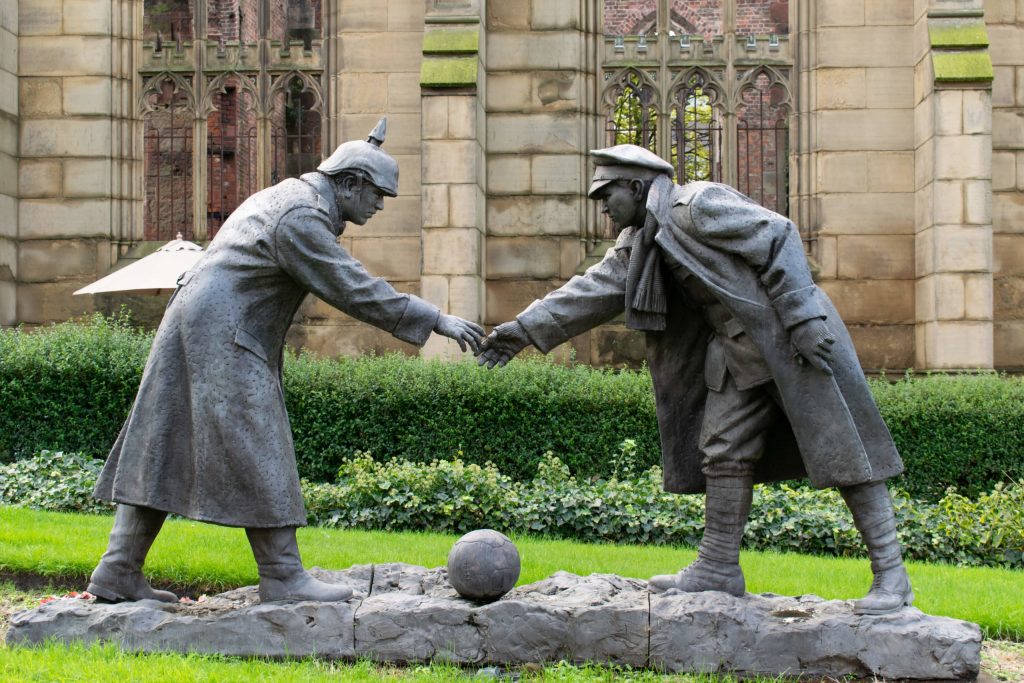
Photo Credit: Vision of Humanity article
For me, “Silent Night” has now formed new facets of understanding. I can now see why one would want to build an entire chapel to honor this song.
Manuscript Mystery
For over a century people speculated who had written “Silent Night.” Many credited well known composers: Mozart, Haydn and Beethoven. It wasn’t until 1994 when the original manuscript had been found written in Mohr’s handwriting, naming Gruber as the composer.
Building The Replica Chapel
Wally and Irene Bronner, owners of the famous Christmas store, were interested in having a chapel, modeled after the St. Nicholas Church in Austria, built on their retail property.
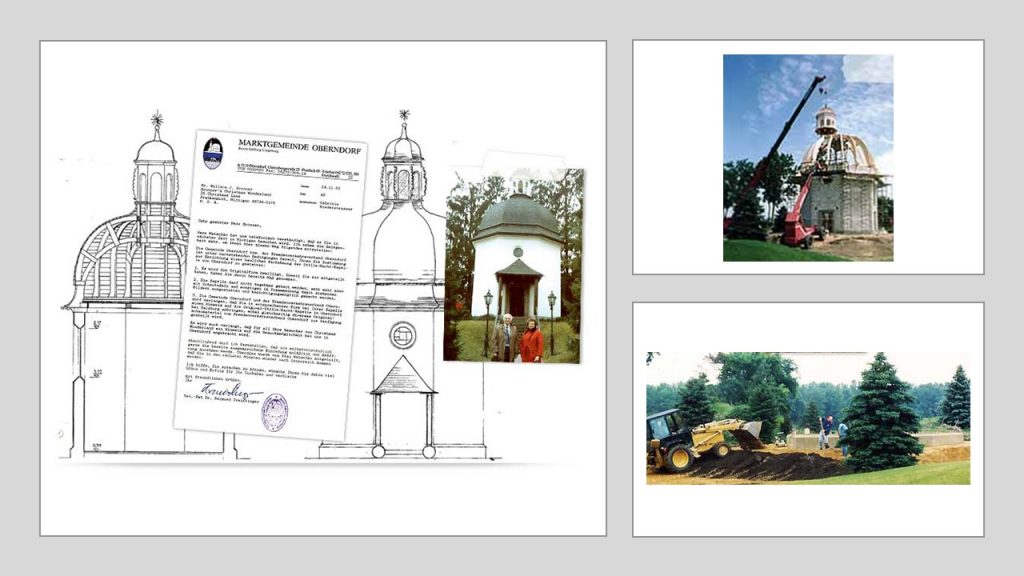
Photo Credit: Bronner’s website
The careful construction took three years to complete. The dedication ceremony had been held on November 20, 1992.
Artisans Add Special Touches
Many area artisans have added special carvings and cloths to the chapel. Doris Reda crocheted an altar cloth using the pattern from St. Nicholas Church. Ted Smithey had donated a Swiss crucifix which had been carved in 1818. Connie Larsen and Kathy Chesney had created two panels of stained glass especially for the chapel.
Adding to the charm, all three hundred translations of “Silent Night” adorn the walking path meandering around the chapel. Wally Bronner had earned the silver medal for Science, Culture and Religion when he had presented the collection of translations at the Joseph Mohr Symposium in Wagrain.
Annual Sing A Long
On Christmas Eve you can join the Bronner family in singing “Silent Night” at the chapel. Wally had started this tradition and it continues annually at 3:00 – 3:15 pm on December 24th.
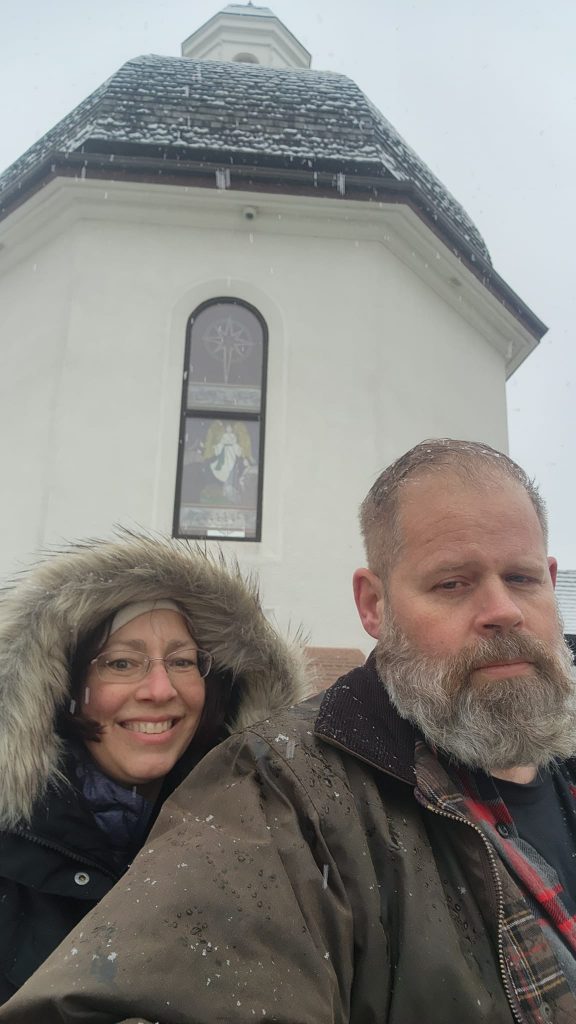
It would be magical to be here for the group singing of “Silent Night.” This hymn now holds a deeper meaning for me. Whenever I sing this carol, I will be thinking about the two young men who’d collaborated on this piece and of the soldiers singing simultaneously in their own languages.
Video Introduction
We did get around to doing our introduction to our Christmas traditions video! Stay tuned for some curious history about Michigan’s customs during the holidays!
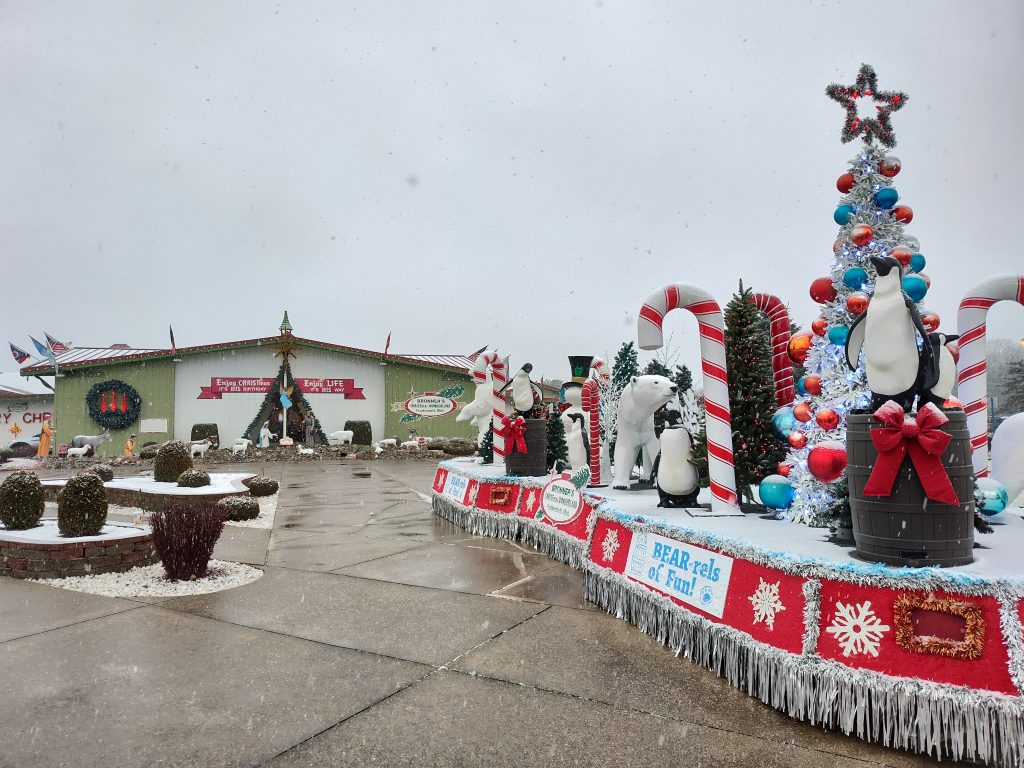
Resources:
The Bronner’s website
US Edition Christmas Day Truce 1914 – published Wednesday, December 24, 2014 article
Vision of Humanity article
Truce Statue by Andrew Edwards
WRTI article

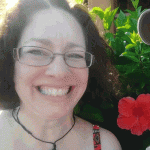
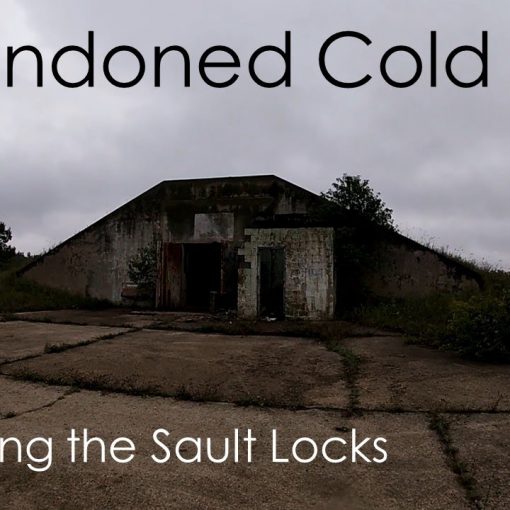
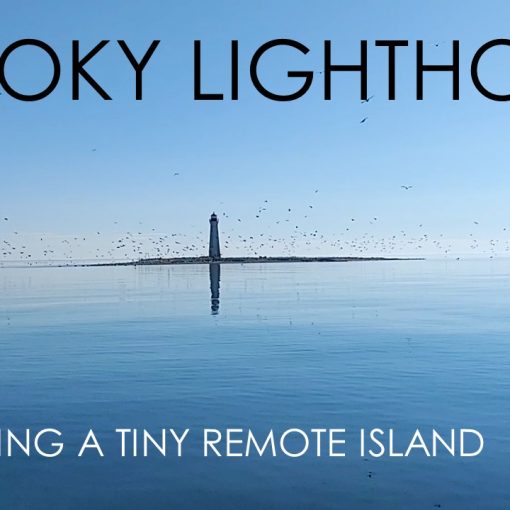

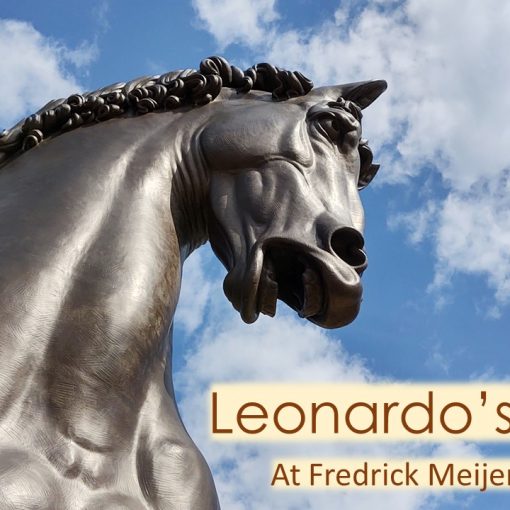
2 thoughts on “The Silent Night Chapel”
Love your article about this magical place!!
Thank you, Julie! It is magical and so peaceful!